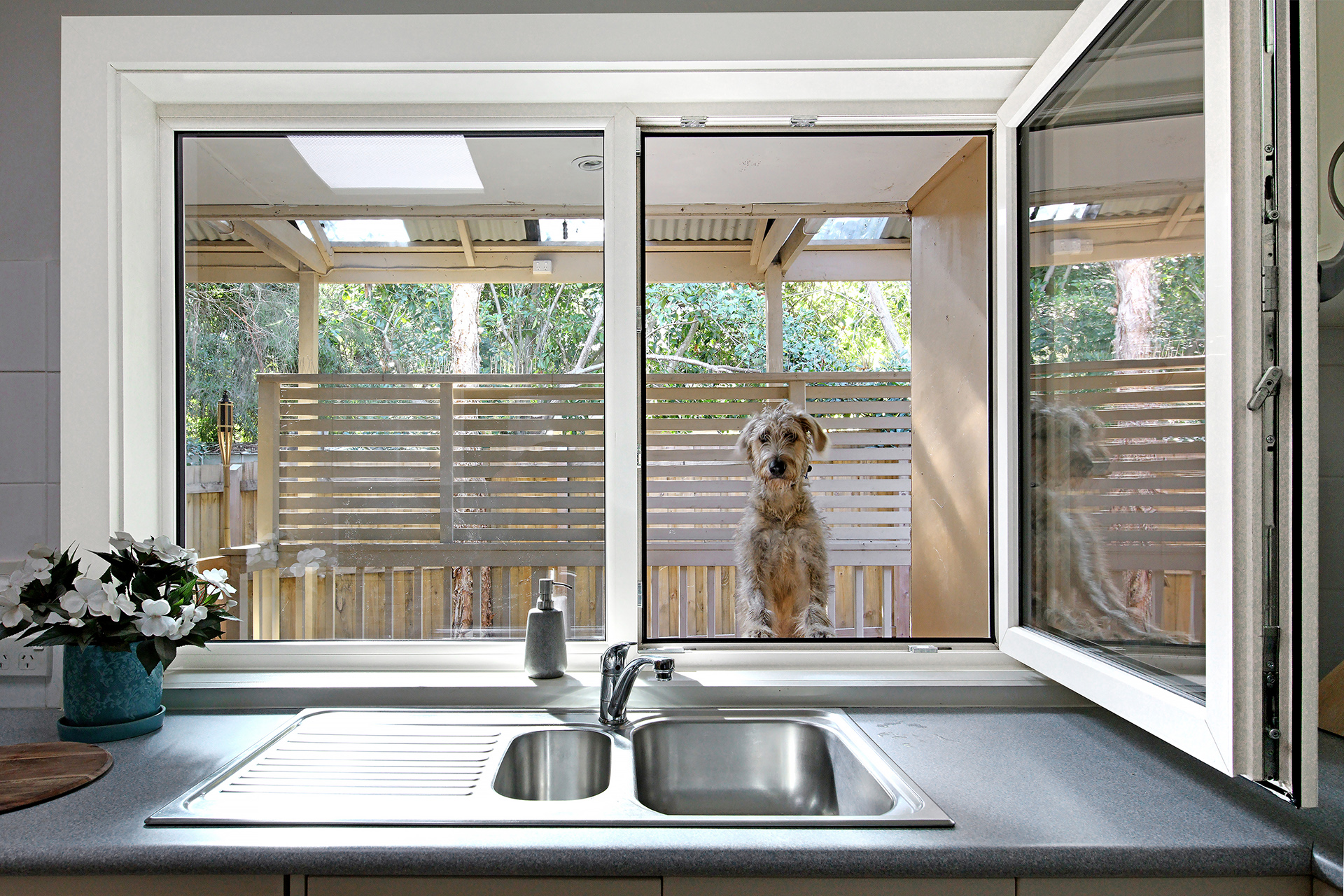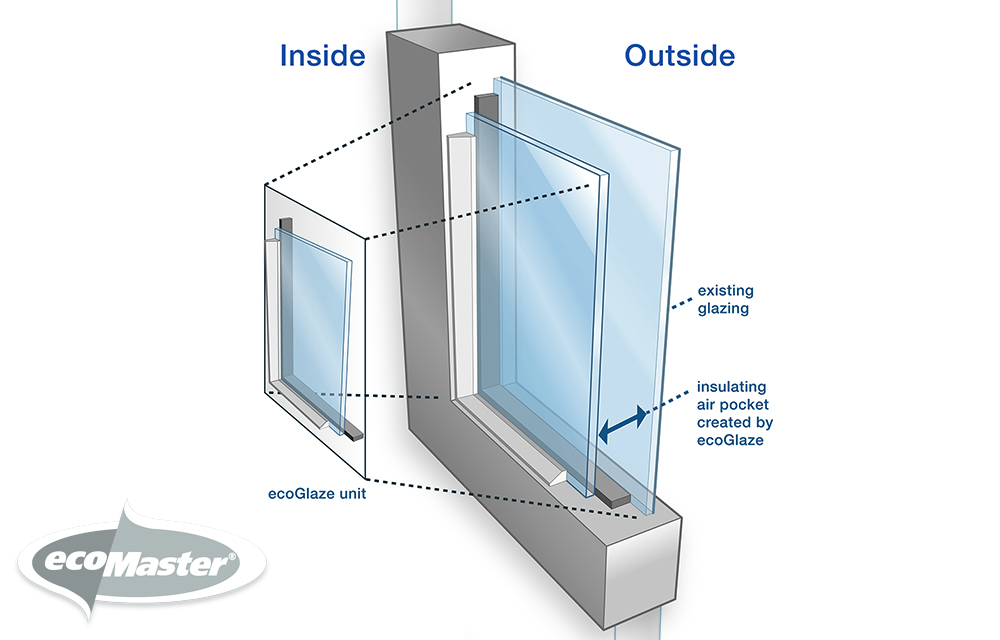All Categories
Featured
Table of Contents
Enjoy Your Summer More With Double Glazed Windows in Applecross Perth
Glazing just indicates the windows in your house, consisting of both openable and set windows, as well as doors with glass and skylights. Glazing actually just means the glass part, but it is normally utilized to describe all aspects of an assembly including glass, films, frames and furnishings. Taking notice of all of these elements will assist you to achieve efficient passive design.

Energy-efficient glazing makes your house more comfy and drastically lowers your energy expenses. However, improper or improperly developed glazing can be a major source of unwanted heat gain in summer season and substantial heat loss and condensation in winter season. As much as 87% of a house's heating energy can be gained and up to 40% lost through windows.
Summer Scorcher Predicted, Again! Double Glazed ... in Spearwood WA
Glazing is a significant investment in the quality of your house. The expense of glazing and the cost of heating and cooling your home are closely related. A preliminary investment in energy-efficient windows, skylights and doors can significantly reduce your annual heating and cooling bill. Energy-efficient glazing likewise decreases the peak heating and cooling load, which can reduce the required size of an air-conditioning system by 30%, causing more expense savings.

This tool compares window choices to a base level aluminium window with 3mm clear glass. Comprehending a few of the key homes of glass will assist you to choose the best glazing for your home. Key residential or commercial properties of glass Source: Adjusted from the Australian Window Association The amount of light that passes through the glazing is known as visible light transmittance (VLT) or visible transmittance (VT).
Windows Of Opportunity: Your Guide To High-performance ... in Byford Western Australia
This may lead you to switch on lights, which will lead to higher energy expenses. Conduction is how readily a material carries out heat. This is understood as the U value. The U worth for windows (expressed as Uw), explains the conduction of the whole window (glass and frame together). The lower the U value, the higher a window's resistance to heat flow and the better its insulating value.
If your house has 70m2 of glazing with aluminium frames and clear glass with a U value of 6. 2W/m2 C, on a winter's night when it is 15C colder outside compared with inside your home, the heat loss through the windows would be: 6. 2 15 70 = 6510W That is comparable to the total heat output of a large room gas heating system or a 6.
Solace Creations: Home in Craigie Western Australia

If you select a window with half the U value (3. 1W/m2 C) (for instance, double glazing with an argon-filled gap and less-conductive frames), you can cut in half the heat loss: 3. 1 15 70 = 3255W The solar heat gain coefficient (SHGC) for windows (revealed as SHGCw) determines how easily heat from direct sunshine flows through an entire window (glass and frame together).
The lower a window's SHGC, the less solar heat it sends to the house interior. The actual SHGC for windows is impacted by the angle that solar radiation strikes the glass.
Buy Double Glazed Upvc Sliding Doors In Sydney in Leeming Perth
When the sun is perpendicular (at 90) to the glass, it has an angle of occurrence of 0 and the window will experience the maximum possible solar heat gain. The SHGC stated by glazing makers is constantly computed as having a 0 angle of occurrence. As the angle increases, more solar radiation is reflected, and less is sent.
Table of Contents
Latest Posts
Does Double Glazing Reduce The Heat In Brisbane's Summer? in Spearwood Western Australia
Save Energy With Double Glazed Windows in Hocking WA
Triple Glazing – Pros & Cons in Ocean Reef Western Australia
More
Latest Posts
Does Double Glazing Reduce The Heat In Brisbane's Summer? in Spearwood Western Australia
Save Energy With Double Glazed Windows in Hocking WA
Triple Glazing – Pros & Cons in Ocean Reef Western Australia